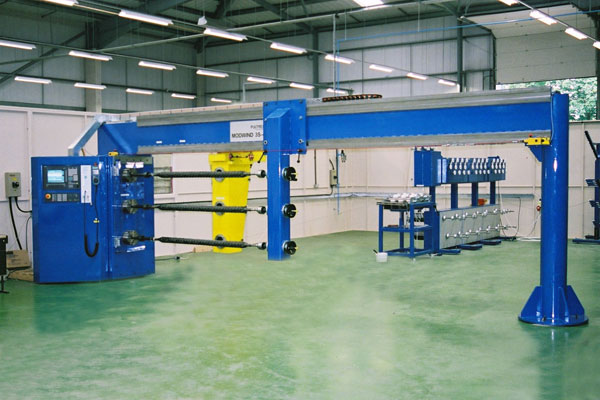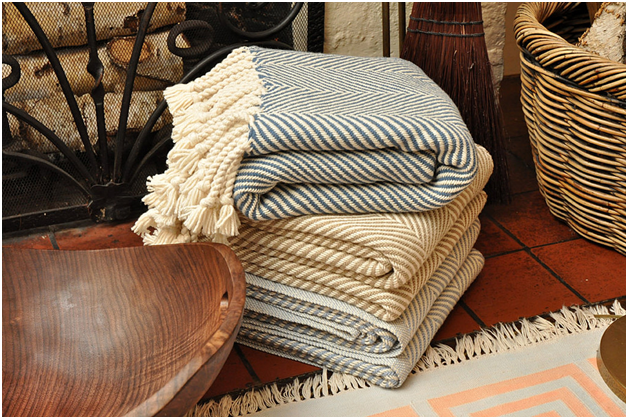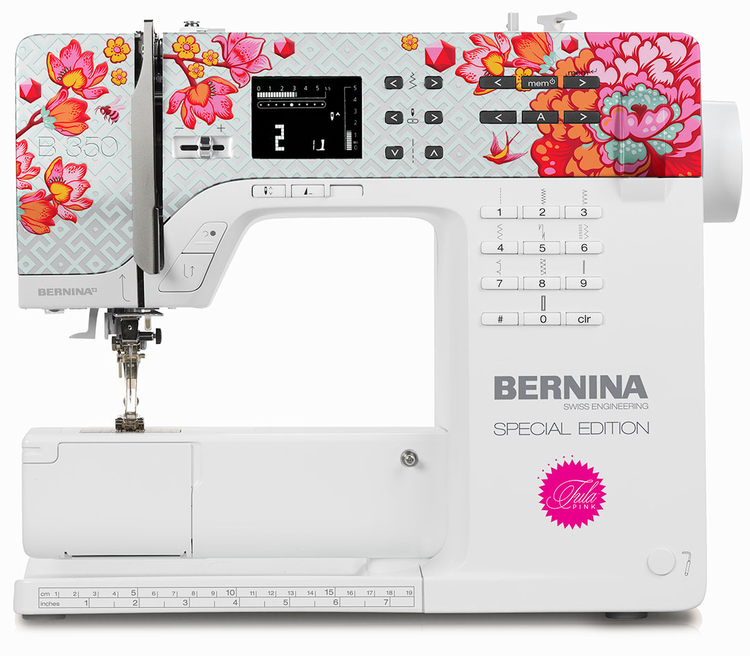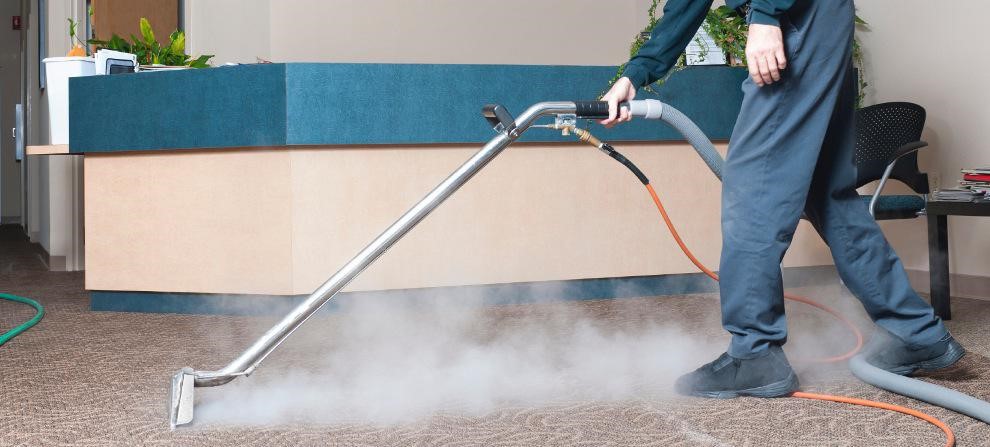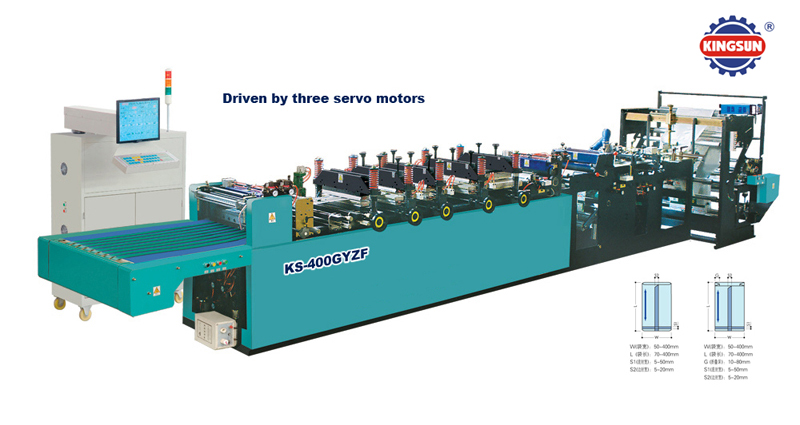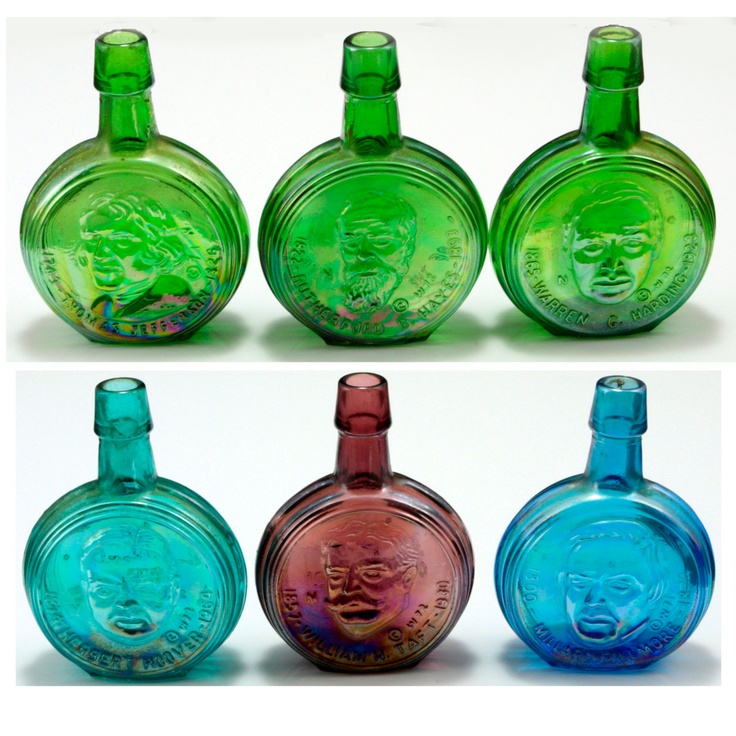Filament winding machines are generally used in manufacturing settings for the production of closed end structures, such as tanks or pressure vessels, or open structures, such as cylinders. This sees filaments wound across a rotating mandrel while under tension. The process is often used in automated settings without the need for any human effort. Filament winding can be used in the production of a range of products, including golf clubs, pipes, cycle rims, aircraft fuselages and oars.

The Process of Filament Winding
In its simplest state, a filament winding machine consists of two axes; however, for more advanced applications, a machine that has four or six axes can be used. Filament winding is the optimal manufacturing process when a durable and high-quality structure is essential and at the same time it is necessary for it to be lightweight and strong.
The process of filament winding uses two main components. There is a stationery mandrel that rotates and, at the same time, a carriage arm that moves up and down the mandrel horizontally. There is then a winding eye on the travelling arm that groups together the rovings, which are often fibreglass, carbon or a combination of the two, and puts them onto the mandrel. The rovings then wrap round the mandrel as it turns to create a composite layer. The fibres are covered with a resin before they reach the mandrel, which then binds them to produce a solid material.
The speed the mandrel rotates at and the rate at which the carriage travels will determine the exact orientation. The specifics of the fibre and resin types, the wind angle and the wind thickness are engineered precisely to create the optimal product.
Filament winding machines work through computerised numerical controls, which establish an automated pattern not open to human error. Engineers create specific patterns for the individual products that are created using the filament winding process. The engineered layup pattern (EPL) can be varied slightly to establish specific criteria within different structures, even if the constituent materials involved are identical. The EPL dictates how the filament is wound, meaning that there is minimal risk of mistakes being made.
Benefits of Filament Winding
One of the advantages of filament winding machines is that they can be operated using an automated process. This enables components to be manufactured at a low cost and at a consistently high standard without the issues that can be caused by a human workforce. They enable high performance components to be manufactured reliably and quickly and the continuous fibres that are used result in durable, stiff and strong materials.
The machines work with all different types of fibres, including E-glass, R-glass, S-glass, carbon fibre and hemp fibre. They can also be used with a variety of resin groups, such as polyester, vinyl-ester, phenolic and thermoplastic.
The method of filament winding enables products to be manufactured that exactly match the specifications of the customer. The reduction in human error creates a reliable and consistent production flow, with products manufactured in a cost-effective manner.
